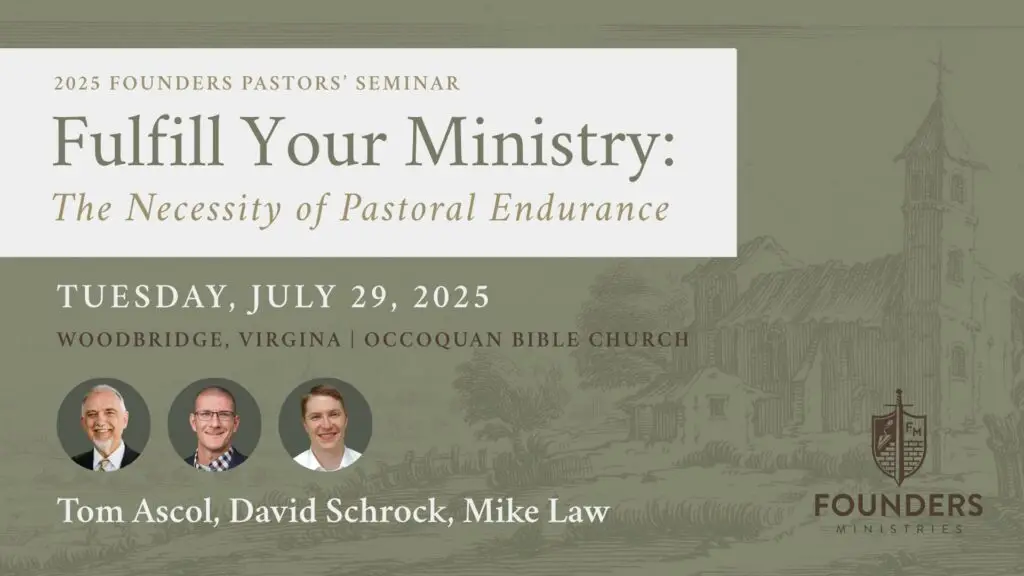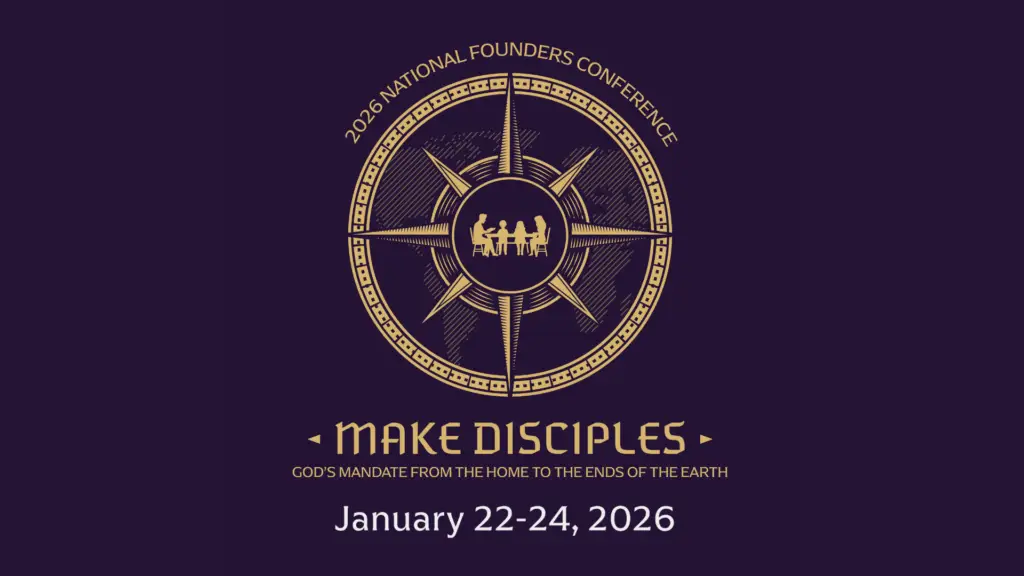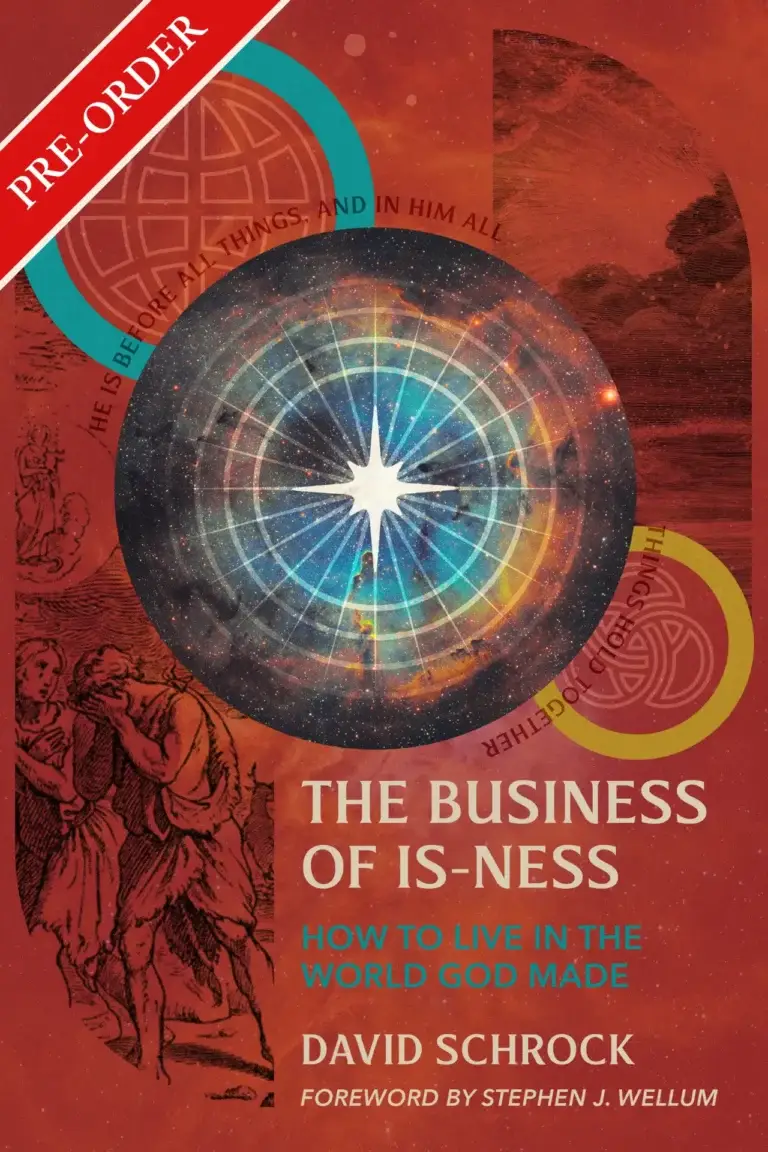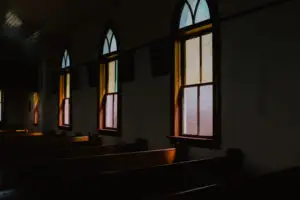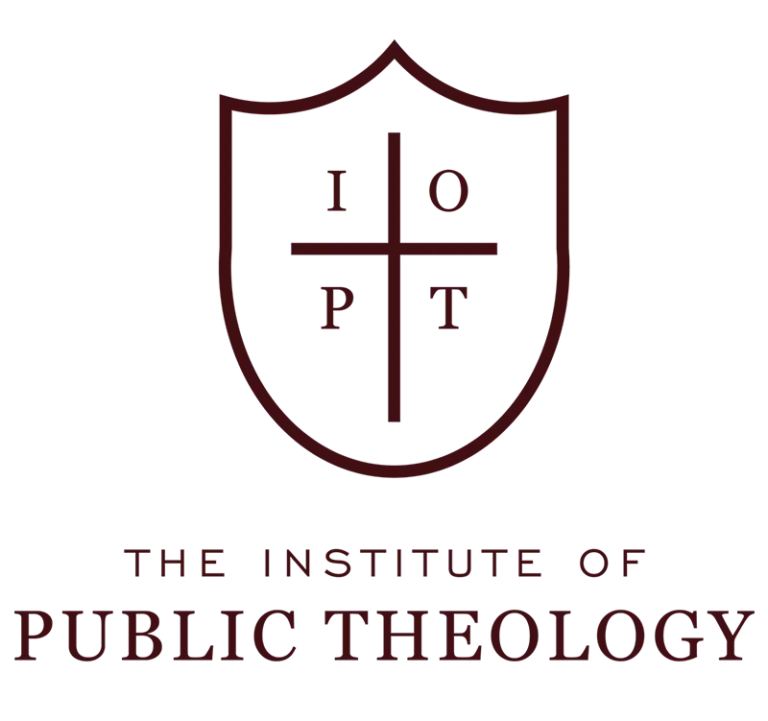At the 2019 Southern Baptist Convention, in a rushed session near its close, the Convention adopted Resolution 9, On Critical Race Theory and Intersectionality. The presentation from the resolutions committee substantially altered the resolution as originally presented. Changing it from a heavy warning against CRT, the committee’s alterations gave it an overall positive commendation. An attempt to amend the resolution to reflect more of its original intent was ruled as an “unfriendly amendment.”
Commandeering a vital issue of theological perception from within the Resolutions Committee could easily remind one of the actions of that committee during the decade of the 1970’s. A strikingly sober and unyielding impasse on the issue of abortion demonstrated the disconnect on moral and doctrinal issues between conservatives and moderates at the Convention in 1975. Bob Holbrook, a Texas pastor, sought for several years to lead the Convention to make a strong resolution on abortion. When he made his attempt in 1975, his presentation went immediately to the Committee on Resolutions. They returned the following statement: “In response to the Holbrook resolution…and because of our concern for the widespread and irresponsible use of abortion, we remind this Convention of previous Convention actions in 1971 and 1974 on the subject of abortion, which action sets forth a high view of the sanctity of all human life, including fetal life.”
This was pure verbal garbage for it did not set forth a “high view of…fetal life” and did little to satisfy conservatives that the resolutions committee took either their concerns or “fetal” life seriously. The 1974 resolution had self-congratulatory overtones as it referenced a previous resolution (1971) as affirming the “middle ground between the extreme of abortion on demand and the opposite extreme of all abortion as murder.” In light of the “complexities of abortion” the committee concluded that those issues had been treated “responsibly from a Christian perspective” and reaffirmed the 1971 resolution.
If an unborn infant could read the resolution of 1971, he would conclude that Southern Baptists had put her or him on notice that she could be attacked and smitten until dead at any moment with no personal provocation for such attack. Though ostensibly advocating a “high view of the sanctity of human life, including fetal life,” the last assertion of the resolution advocated “that we call upon Southern Baptists to work for legislation that will allow the possibility of abortion under such conditions as rape, incest, clear evidence of severe fetal deformity, and carefully ascertained evidence of the likelihood of damage to the emotional, mental, and physical health of the mother.” These four exceptions include, first and second, justification for the execution of an innocent person, snuffing out a life for a crime that it did not commit. A third implies a severe cultural prejudice against the mentally and physically handicapped. The fourth carries with it such subjective criteria as virtually to provide no safeguard for it against a hostile or unstable mother.
The Resolutions Committees of 1971-1975 did everything they could to maintain an impression of Christian piety with a slight curtsy to biblical fidelity while bowing to the prevailing cultural arguments on abortion. A committee that should give a clear biblical position on an issue right at the heart of creation, biblical law, and the original cultural mandate betrayed its trust and its high calling for an approving glance from a culture of death.
Though not invested with the same immediately obvious moral concerns, the 2019 committee again commandeered the intent of a resolution and turned it into an affirmation of what was intended to be a denial. Then it precipitated the irony of ruling as “unfriendly” the attempted amendment to recapture the original concern of the resolution.
With the following words the Resolutions Committee at the 2019 Southern Baptist Convention summarized the Resolution 9:
It is our aspiration in this resolution simply to say that Critical Race Theory and Intersectionality are simply analytical tools. They are meant to be used as tools, not as a worldview.
An Anti-racist Intention
This review (to be posted in 3 parts) is itself “critical” as I seek to look closely at the language and concepts, evaluate the ideas, comment on the origin and tendency of CRT as it relates to the biblical and spiritual aspirations as set forth in the resolution.
A criticism of CRT does not imply a racist attitude. The fear is that CRT will establish even greater divisions and implement a new kind of racism antagonistic to the biblical principles of the gospel. Personally, I have seen enough of racism firsthand to know its godless and destructive tendencies. I grew up in Mississippi 1946-1968 and gradually learned to detect how racist ideas had insinuated themselves into my own perceptions. With such detecting, I learned to isolate thoughts that arose from racist assumptions. As I have briefly summarized elsewhere, both empirical observation and biblical truth began rapidly to erase racism from my heart and mind. This close observation cost me no little sorrow and vigilant criticism of how subtly sin engages the soul, not on this issue only, but in all the works of the flesh.
This sin, however, is not so much a part of the flesh, or so insinuated in “whiteness,” that repentance from it is impossible. The general principle of self-centered arrogance lurks within the soul, but this particular manifestation may be so isolated as both irrational and ungodly that repentance, a radical departure from its evil, may be virtually complete. Unlike the general tendency of selfishness, one may so see racism as evil that he or she cannot be tempted again to become a racist.
Resistance to CRT does not arise, therefore, from a resistance to true biblical justice—which is impartial (Ephesians 6:9; James 2:9; Colossians 3:23-25)—or lack of sensitivity to the reality of past injustices, belligerent racism, and present pockets of racist attitudes. The Southern Baptist Convention’s dawning to this sinful prejudice has spread across its churches and individuals, perhaps too slowly, but nevertheless with real and substantial transforming power. By God’s grace and in accord with his revealed truth, we pray that such transformation will continue until, on this issue, “Jesus shall reign where e’er the sun doth his successive journeys run.”
This criticism is done in the interests of biblical, confessional, evangelical, Reformed orthodoxy which places all persons, all ethnicities, all social structures on the same level as sinful beggars in need of a great redemption. These truths place us all before the triune God at the same level, with the same need, and subject to the same solution.
Though some have sought to isolate these doctrines as peculiar to the west European mindset—a white theology—and want to see such a set of ideas amended in light of a theology produced by other ethnicities, the doctrines of Trinity, creation, fall, incarnation, substitutionary atonement, repentance, faith, justification, holiness, heaven, and hell should be the same in theological discussion and presentations from whatever their provenance in the world. A twenty-first century black theologian and the antebellum southern white theologian John Dagg should find common ground and common reason for gratitude in the mercies of revealed truth set forth in such doctrines. CRT and Social Justice theory do not promise this kind of unity but assume divisions, power centers, tribes, hegemonies, and intersectional commonalities of oppression. They point us toward horizontal inequities with horizontal solutions rather than vertical consciousness of sin, grace, mercy, forgiveness, and gratitude.
This critique is attempted, therefore, in the spirit of encouraging a greater, more sound, and eternity-based platform for unity in commitment to divine revelation, trust in the Christ of the gospel, personal holiness, and the advance of the gospel in the world.
An Analogy to Critical Theory
The aspiration to use Critical Race Theory simply as an analytical tool and not as a worldview is well-meaning and I am sure sincere, but virtually impossible to attain. The resolution is schizophrenic, of a divided mind, seeking to encourage Southern Baptists to operate in two worldviews that are antagonistic to each other. It seeks to affirm the recently re-established consent to inerrancy and the sole sufficiency of Scripture while at the same time advocating a highly sophisticated theory, ostensibly as a tool, to provide a framework of interpretation as if the Scripture were not, indeed, sufficient.
It reminds one of the attempt to affirm higher critical theory as a tool of interpretation while lamenting the loss of consent to the historical accuracy of Scripture. Shailer Mathews stated the case very plainly when he wrote, “One cannot use the methods of critical scholarship without adopting them.” He pointed to A. H Strong as a conservative theologian who had consented to the “substantial correctness” of the Pentateuchal analysis of higher criticism and thus limited inspiration to religious ends. Any adoption of the critical methods, so Mathews assured the readers, makes “belief in its verbal inerrancy untenable.” [Shailer Mathews, The Faith of Modernism, 38, 39]. Strong discovered the destructive result of his accommodation too late the turn the tide among American Baptists.
Along with this rejection of inerrancy, higher criticism treated the literary sources as such to bring the virgin birth to a point of irrelevance. It was not a matter of prior theological commitments, so Mathews contended, but purely of the nature of the literary records. Dogmatic minds decide the case before hand, but the objective study of the literary evidence shows that “no one of his [Jesus’] disciples knew anything concerning it until long after his death. Then, it is conjectured, Mary told the story. But there is absolutely no evidence clamed for this.” We need not worry, therefore, about this dogma, but depend on the reliability of the most authentic literary sources. Jesus’ deity is not a matter of essence or nature, anyway, but only in our experience with him as we see God manifest through the life of Jesus. “Christians have refused to raise a man to the rank of God, but they have persistently proclaimed that in and through the personality of Jesus Christ God was manifesting Himself.” [Mathews 142, 143]
Given how much anti-supernatural bias was embedded in this analytical tool that focused, ostensibly, only on the viability of literary forms, it seems that Christians could have recognized that claims of neutrality for the tool were utterly false. The very character of such literary rearrangement supposed the development of the fabulous subsequent to the plainly historical and factual. But these tools were too prominent in the academy to be ignored, and credentials as a scholar depended on how deftly one could wield the “tool.” The truly devastating character of this method can be encapsulated in the 1922 convention of the American Baptists. When William Bell Riley moved that the convention adopt the New Hampshire Baptist Confession of Faith as its standard for the churches, a liberal pastor from New York issued a substitute motion. Cornelius Woelfkin moved that “The Northern Baptist Convention affirms that the New Testament is the all-sufficient ground of our faith and practise, and we need no other statement.” Under the guise, therefore, of Bible-centered piety, Woelfkin opened the way for continual doctrinal decline among the American Baptists. The “hermeneutical tool” of higher criticism was given free rein to run roughshod over orthodox doctrine unanswerable to any doctrinal standard whatever.
This supposed disciplined use of the critical tools was the way Southern Seminary taught from the 1930’s through the 1980’s in the academic doctoral program, it is what Ralph Elliott learned, and it is what he taught openly at Midwestern. That critical tool governed his interpretation of the text of Genesis when he wrote The Message of Genesis.
The trustees at Midwestern Seminary after the Convention stir in 1959-61 over Ralph Elliott’s book and at the meeting of the Convention in 1963 adopted nine principles of academic procedure. The first stated, “The particular method in using the Historical-Critical approach is recognized as a valid approach to Old Testament studies.” Other principles struggled to express clarity in light of that initial assertion: “We affirm our belief in the inspiration of the Bible and all parts thereof. The method of inspiration is not to be thought of as a test for Baptist fellowship.” Another statement advised, “In presenting interpretation of passages and events in the Bible, various views should be presented,” followed by the hopeful but gelded expression, “We reject any theory that regards the Bible as a book of folklore and mythology.” They had already, however, taken the virility from that statement by approving a method that assumed all ancient literature included broadly syncretistic elements.
This schizophrenia allowed Clifton Allen, even in the revised volume 1 of the Broadman Commentary to give a scathing critique of “verbal inspiration,” the foundation of the mistaken notion that the “Scriptures therefore are inerrant and infallible.” Allen stated, “A careful reading and examination of the Scriptures discloses some obvious contradictions or discrepancies.” By adopting the method advocated by the modernist Shailer Mathews, he adopted the same skepticism toward the inerrancy of Scripture. In addition, “Verbal inspiration involves serious difficulties in interpretation in that the wording of various passages, directly or indirectly, seems to attribute to God acts and attitudes out of harmony with his nature as holy love and clearly in conflict with the example and teaching of Jesus.” Again, showing his full commitment to the historical-critical method, Allen insisted, “Verbal inspiration appears irreconcilable with what seem to be facts growing out of objective research into and serious study of the Bible. Evidence supports a multiple authorship of the Pentateuch, drawing on oral and written sources and ultimately involving collating and editing, all of which seems to strain the view of verbal inspiration to the point of unreality.”
But of course, he was in complete compliance with the stated principles: “The particular method in using the Historical-Critical approach is recognized as a valid approach to Old Testament studies. . . . The method of inspiration is not to be thought of as a test for Baptist fellowship.” Presto! The loss of inerrancy is the necessary concomitant of these ideas.
It seems to me, that, in like manner, the adoption of CRT and Intersectionality will have the same leavening effect on biblical authority and doctrinal commitments of Southern Baptists.
This article is Part 1 of a three part series.



